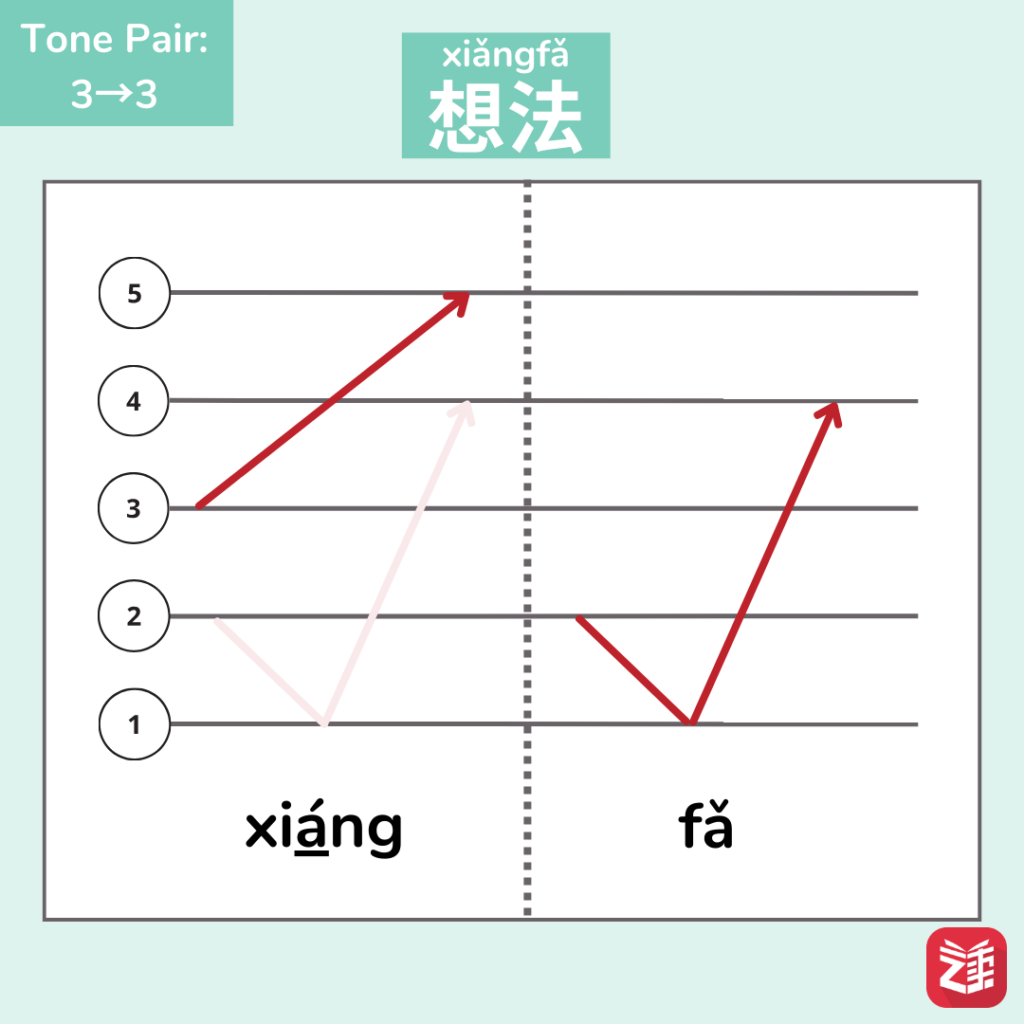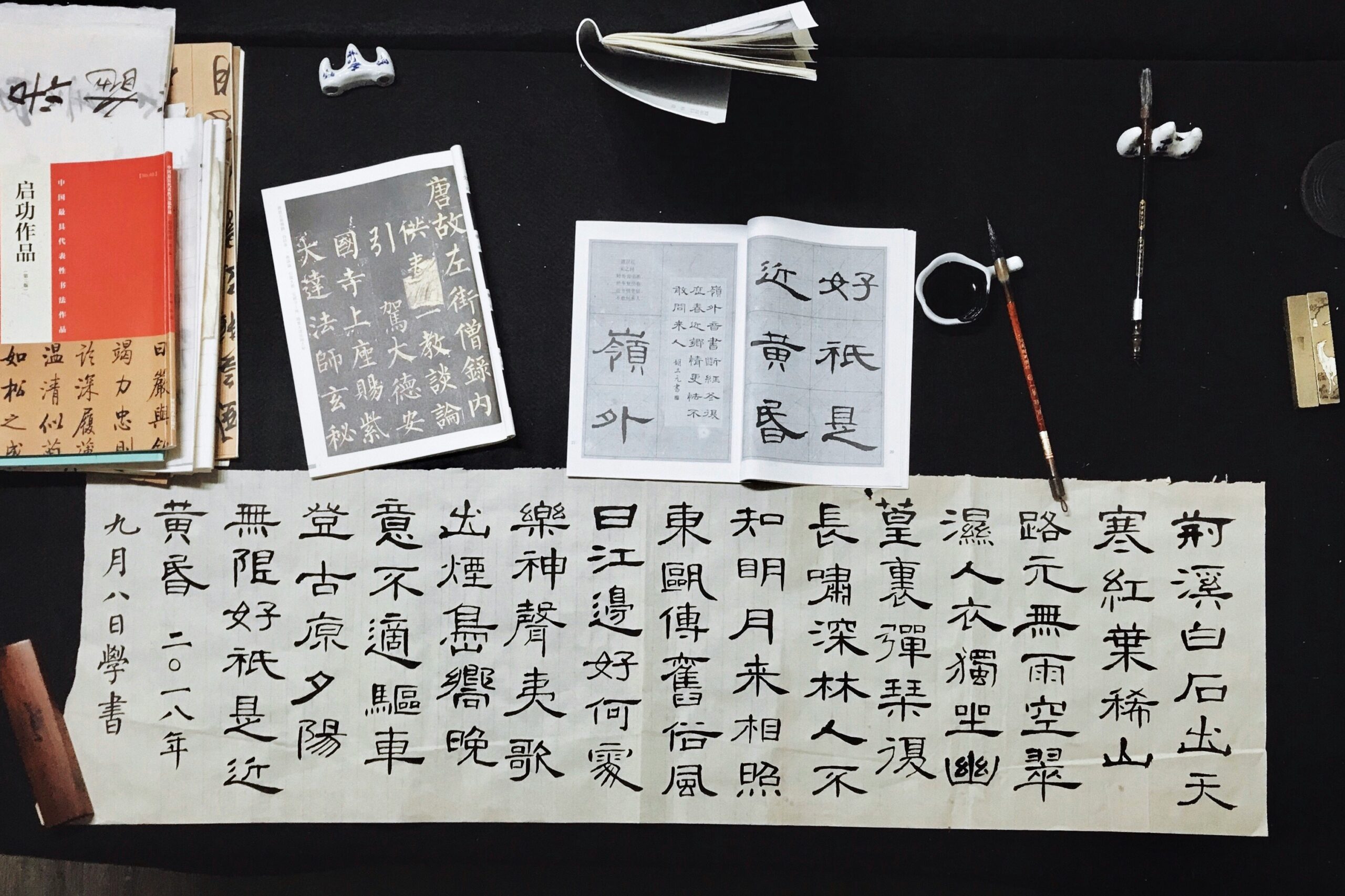How to Take Your Chinese to the Next Level
Once you have a good system for learning vocabulary, mastering Chinese grammar, and memorizing new characters, learners might overlook some more advanced aspects of Chinese that can help you reach new heights. Read on for our advice on how to take your Chinese to the next level!
When am I an intermediate learner?
While tests like the HSK can help you track your progress as you learn Chinese, it can be hard to know exactly where you sit in the grand scheme of things. While there’s no upper limit to how proficient you can get, this guide is primarily meant to help people who:
- Are comfortable with pinyin, and feel confident pronouncing most syllables
- Are familiar with tones
- Can read material written in Chinese characters
- Are comfortable with basic sentence structure and grammar
- Feel comfortable with basic conversation
Onwards and upwards!
Here are our suggestions for how to level up your Chinese if you’ve mastered the basics of Mandarin and established a routine for learning.
Master Difficult Sounds
Chinese pronunciation is difficult to pick up in the first place, but not all sounds in Chinese are created equal. Some sounds are much more challenging than others, and might need more practice to master. Here are some sounds that might require some extra attention to get perfect:

- ‘ü’ – this vowel, which appears in syllables like ‘yu,’ ‘xu,’ ‘yuan,’ etc. is especially tricky.
- ‘e’ – This vowel appears in syllables like ‘te,’ and ‘she.’
- ‘an’ and ‘ang’ – These two ‘a’ vowels are actually different, despite looking the same in pinyin
- ‘si’ vs ‘shi’ – Another two vowels that look the same but are actually different
- ‘ri’ – Another sound that can take a while to pronounce authentically
- ‘j’ ‘q’ ‘x’ vs. ‘zh’ ‘ch’ ‘shi’ – These consonants can sometimes sound similar, but they’re pronounced in completely different ways
Just because these sounds are mentioned here, doesn’t necessarily mean that all of them will be equally difficult to master, only that they tend to be more difficult than the rest. It’s also worth mentioning that pronouncing some sounds with an accent isn’t the end of the world.
If you find a certain sound to be extra difficult, the best way to get better at these problem vowels and consonants is to parrot native pronunciation. You can do this while listening to our native audio in the Du Chinese app, or with online dictionaries like Pleco.
Attack Tone Pairs

3rd Tone Combos
When two characters with the 3rd tone are read consecutively, the first character is read with 2nd tone.
lǐ 理 + xiǎng 想 → líxiǎng 理想
yǔn 允 +xǔ 許 → yúnxǔ 允許
Changes for 一
When 一 occurs before a syllable with the fourth tone, its pronunciation changes to the second tone (yí). When it occurs before a syllable with the first, second, or third tone, its pronunciation changes to the fourth tone (yì):
yī 一 + zhāng 張 → yì zhāng 一張
yī 一 + tiáo 條 → yì tiáo 一條
yī 一 + wǎn 碗 → yì wǎn 一碗
yī 一 + gòng 共 → yí gòng 一共
Changes for 不
When 不 occurs before a syllable with the first, second, or third tone, its pronunciation (bù) does not change. However, when it occurs before a syllable with the fourth tone, its tone changes to the second tone bú.
- bù 不 + hē 喝 → bù hē 不喝
- bù 不 + lái 來 → bù lái 不來
- bù 不 + mǎi 買 → bù mǎi 不買
- bù 不 + qù 去 → bú qù 不去
But wait... there’s more
These are the tone change basics that you need to get started, but this topic actually goes a lot deeper. From what to do with a string of characters pronounced 3rd tone, to the elusive “half third tone,” there are many mysteries to be unraveled! For more tone pair secrets, check out this helpful tone guide.
Develop Your Handwriting
Handwriting Chinese characters might seem overwhelming at first, but it can often be the best way to commit them to memory. Plus, it can be a lot of fun and help you gain a deeper understanding of their structure and logic. Here are some tips for taking your handwriting to the next level!

Stroke Order Intuition
While stroke order can be tedious at first, practice and study across different characters will eventually make it second nature. If you spend some time familiarizing yourself with it, you’ll rarely have to think about it at all! Developing an intuition for stroke order will not only improve your handwriting, but also help you read other people’s handwriting, and even calligraphy.
Grid Paper Training
Getting the proportions down for Chinese characters is one of the challenges you might face as you try to make your handwriting look better. The proportions of hanzi are understood by how they relate to a square, so practicing your characters on grid paper can help you work on individual characters, and make strings of characters look consistent together. You can also play with writing characters at different sizes, which will further improve your feel for how they should be proportioned, and help you write smaller.
Find a Tracing Book (字帖)
How to use Du Chinese to take your Chinese to the next level
Du Chinese is the perfect place to work on your reading and listening skills, regardless of where you are in your Chinese learning journey. Here are our tips for using Du Chinese as an intermediate learner:
- Read higher level content: Depending on your vocabulary, try reading our Intermediate or Upper Intermediate content to pick up new vocab and consolidate what you already know through effortless reading.
- Experiment with reading tools: Our tone marks only mode allows you to read articles, lessons, and stories with only tone marks visible. For an even greater challenge, you can also activate our difficult words only mode, which will only show pinyin or tone marks for difficult words.
- Listen to native pronunciation: Du Chinese’s audio is recorded by qualified native speakers. You can use our audio to practice parroting their pronunciation, which can help with tone pairs. You can also try increasing the speed of the audio for a greater challenge when working on listening comprehension.

加油!(Add Oil!)
If you’ve found your stride with Chinese, you’ve already done most of the hard work. Now that you’ve entered this new world of language, take some time to arm yourself with the right tools and knowledge to take your Chinese to the next level!







